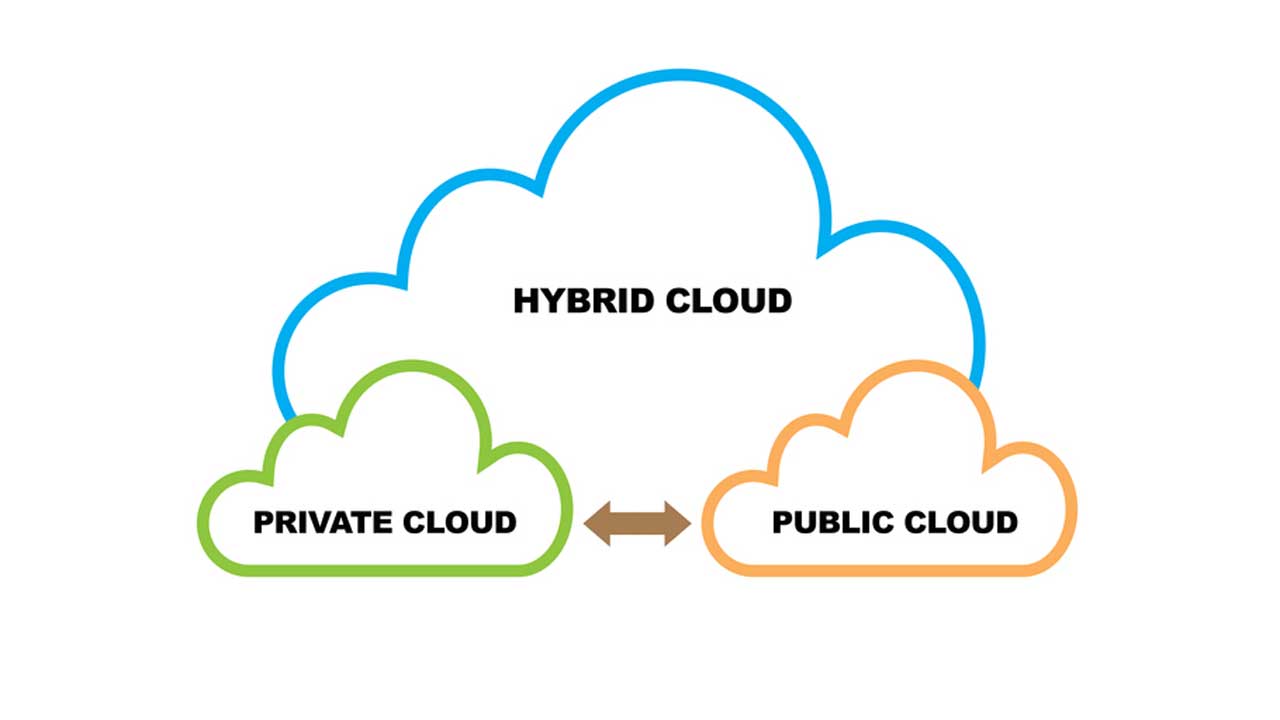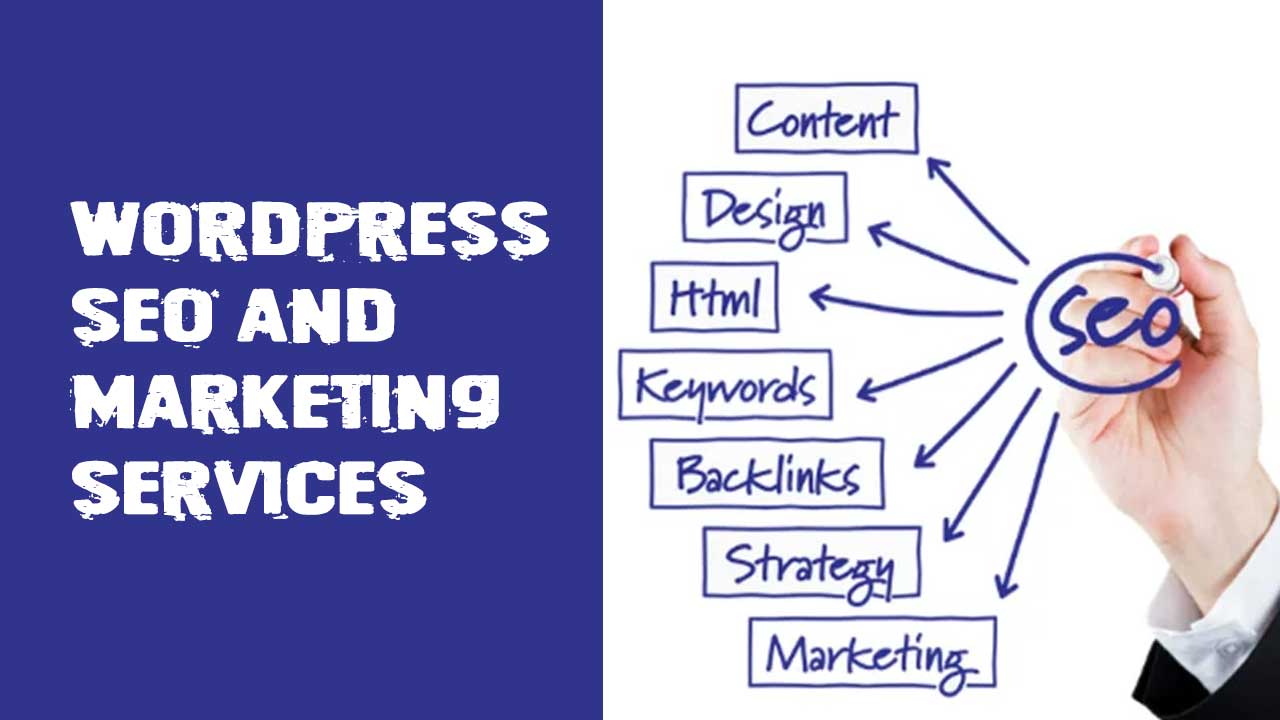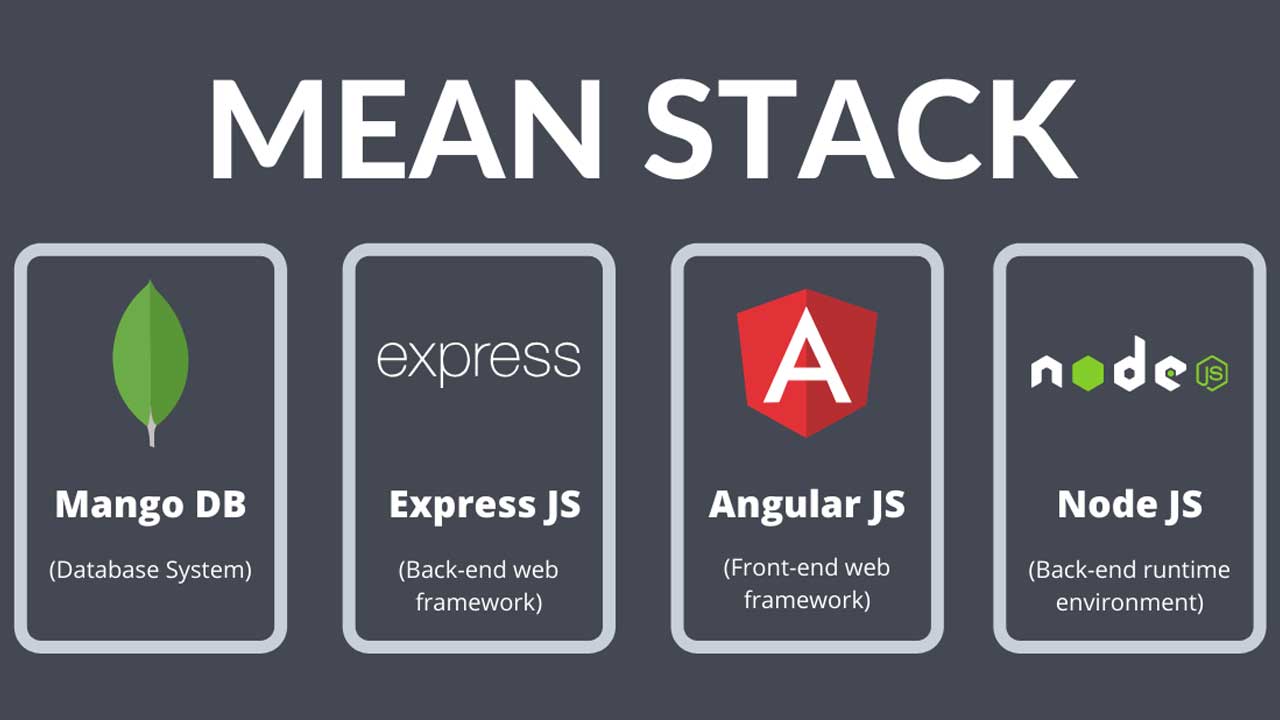Understanding Hybrid Cloud: The Future of IT Infrastructure

Understanding Hybrid Cloud: The Future of IT Infrastructure
In today’s rapidly evolving technological landscape, businesses are constantly seeking ways to optimize their IT infrastructure. One such innovation that has gained significant traction is the hybrid cloud. Combining the best of both worlds—public and private clouds—hybrid cloud solutions offer unprecedented flexibility, scalability, and cost-effectiveness. This blog delves into the intricacies of hybrid cloud, exploring its benefits, challenges, and future prospects.
What is Hybrid Cloud?
A hybrid cloud is an IT architecture that integrates on-premises private clouds and third-party public clouds, allowing data and applications to be shared between them. It provides businesses with increased flexibility and a variety of deployment options by allowing data and applications to transition seamlessly between private and public cloud environments.
Benefits of Hybrid Cloud
1. Flexibility and Scalability
One of the most significant advantages of a hybrid cloud is its flexibility. Businesses can scale their resources up or down based on demand without having to invest in additional hardware. This ability to scale is especially advantageous for businesses that experience varying levels of workload.
2. Cost Efficiency
Hybrid clouds can significantly reduce costs by optimizing resource utilization. Companies can leverage the public cloud for non-sensitive operations and reserve the private cloud for critical, sensitive tasks, thus reducing the need for expensive, dedicated infrastructure.
3. Enhanced Security and Compliance
Hybrid cloud solutions allow businesses to maintain control over their sensitive data by keeping it on-premises while still leveraging the power and efficiency of the public cloud for less sensitive operations. This dual approach can help in meeting regulatory compliance requirements and enhancing data security.
4. Improved Business Continuity
By using a Combined cloud, businesses can ensure better disaster recovery and business continuity. Data and applications can be mirrored across both private and public clouds, providing redundancy and minimizing downtime in the event of a failure.
Challenges of Hybrid Cloud
1. Complexity in Management
Managing a hybrid cloud environment can be complex, requiring expertise in both public and private cloud technologies. This complexity can lead to challenges in integrating and managing resources effectively.
2. Security Concerns
While hybrid clouds offer enhanced security by keeping sensitive data on-premises, the integration of public and private clouds can create potential security vulnerabilities. Ensuring secure data transfer and maintaining consistent security policies across both environments can be challenging.
3. Compliance Issues
Hybrid clouds must comply with various regulatory requirements, which can vary by region and industry. Ensuring compliance across both public and private cloud environments can be difficult and time-consuming.
The Future of Combined Cloud
The future of hybrid cloud looks promising as more businesses recognize its potential. With advancements in technology, the integration of artificial intelligence (AI) and machine learning (ML) into Combined cloud environments is expected to further enhance its capabilities. Additionally, the rise of edge computing—processing data closer to where it is generated—will likely complement hybrid cloud strategies, providing even greater flexibility and efficiency.
Conclusion
The hybrid cloud represents a significant evolution in IT infrastructure, offering businesses the flexibility, scalability, and cost-efficiency needed to thrive in a competitive landscape. While it comes with its challenges, the benefits of a well-implemented Combined cloud strategy far outweigh the drawbacks. As technology continues to advance, the hybrid cloud is poised to become an integral part of the future IT ecosystem.
FAQs
1. What distinguishes a hybrid cloud from a multi-cloud?
A hybrid cloud integrates both private and public clouds, allowing data and applications to move between them seamlessly. A multi-cloud, on the other hand, involves using multiple cloud services from different providers without necessarily integrating them.
2. Can a small business benefit from a hybrid cloud?
Yes, small businesses can benefit from a hybrid cloud by leveraging its scalability and cost-efficiency. They can use public clouds for less sensitive operations and maintain critical data on private clouds, optimizing resource usage and costs.
3. How can businesses ensure the security of their hybrid cloud?
To ensure the security of a Mixed cloud, businesses should implement robust security measures such as encryption, secure data transfer protocols, and consistent security policies across both private and public cloud environments.
4. What industries can benefit the most from hybrid cloud solutions?
Industries with stringent regulatory requirements, such as finance, healthcare, and government, can benefit significantly from Mixed cloud solutions. These industries can maintain control over sensitive data while leveraging the scalability and cost-efficiency of public clouds for less critical operations.
5. What are the key considerations when adopting a hybrid cloud strategy?
Key considerations when adopting a Mixed cloud strategy include evaluating the specific needs of the business, ensuring seamless integration between private and public clouds, implementing robust security measures, and ensuring compliance with regulatory requirements. Businesses should also consider the expertise required to manage a Combined cloud environment effectively.








